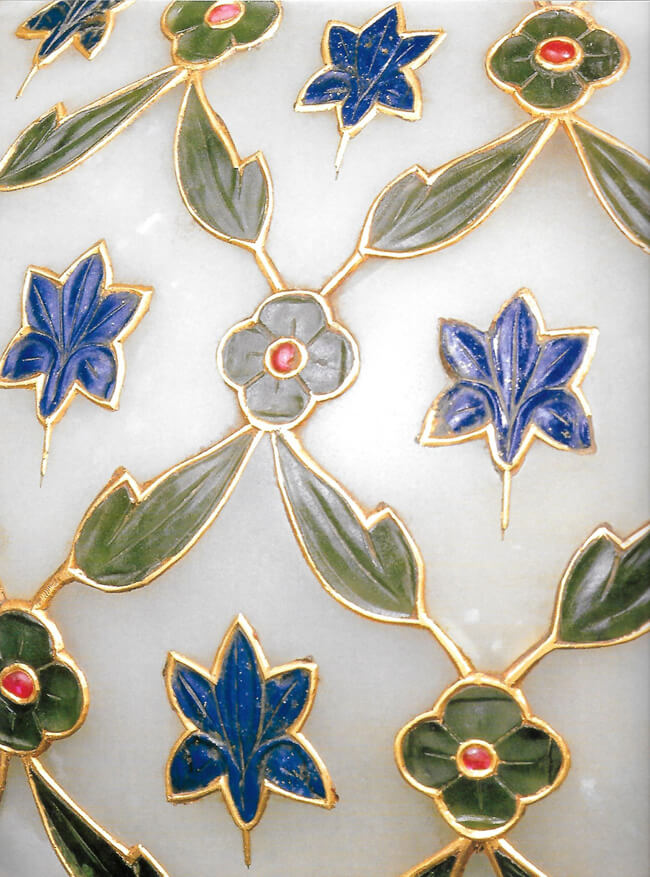-

 Know, the true nature of your Beloved.
Know, the true nature of your Beloved.
In His loving eyes, your every thought,
Word and movement is always –
Always Beautiful.
~ Hafiz
Islamic Arts

Carved Jade
The Islamic countries of Central Asia were rich in jade, which was treasured throughout the world. The surface of jade objects are usually highly polished, with the carved decoration restricted to small areas, in order to show the beauty of the jade itself.
The best known jade objects from the Timurid, Turkmen and Ottoman empires of the 15th century include cups and dragon handles, with some being inlaid with gold. Ottoman and Mughal jade vessels became prominent from the 16th and 17th centuries, with more formal carving or inlaid and jewel encrusted decoration.
Later Mughal pieces, especially from the mid 17th century onwards, tend to be more thinly carved and highly polished. An exquisite cup in pale nephrite jade made for Shah Jahan, the base of which is shaped as a lotus flower and the handle in the form of the head of an ibex, is now in the Victoria and Albert Museum, London.
Source:- “The Timeline History of Islamic Art and Architecture” by Nasser D. Khalili.
Photo above:- Detail of huqqa bowl. White jade base inlaid with green jade, lapis lazuli and gold. Mughal India, early 18th century.
